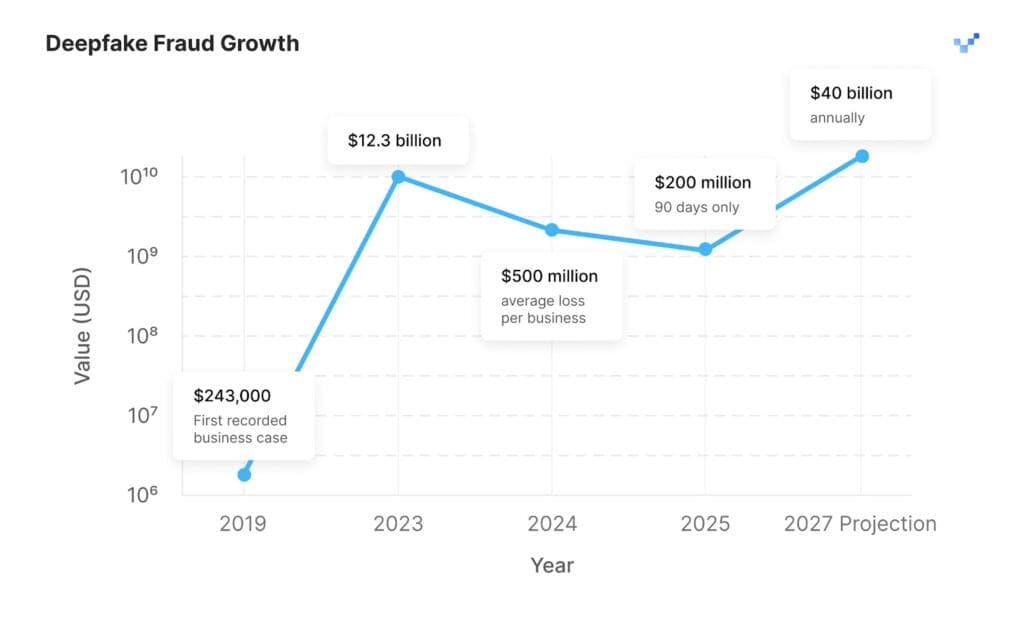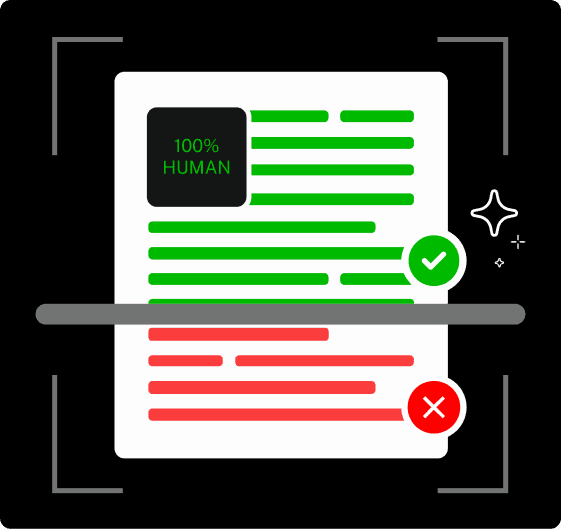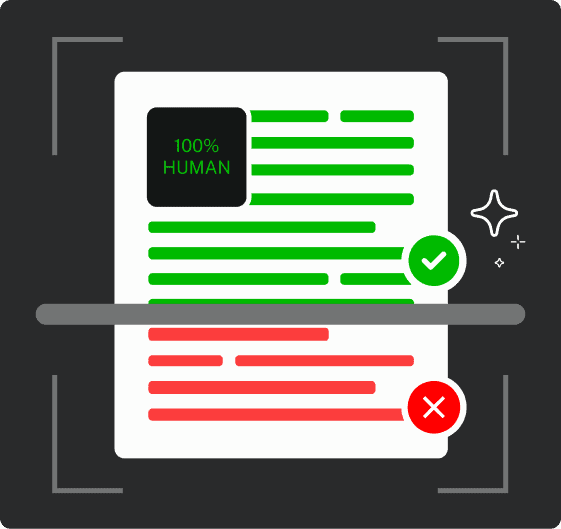How deepfake technology is bleeding billions from global businesses—and why every executive is now a target
The Numbers Don’t Lie
Deepfake-enabled fraud caused over $200 million in losses in just the first quarter of 2025, according to Resemble AI’s latest incident report. But that’s the tip of an iceberg; security experts warn it could reach $40 billion in annual losses across the United States by 2027.
The mathematics of digital deception are sobering:

This represents a compound annual growth rate of 32%—faster than most technology adoption curves, and certainly faster than our ability to defend against it.


Never Worry About AI Fraud Again. TruthScan Can Help You:
- Detect AI generated images, text, voice, and video.
- Avoid major AI driven fraud.
- Protect your most sensitive enterprise assets.
The Scale of Vulnerability
Recent Deloitte research reveals that 25.9% of executives have already experienced deepfake incidents targeting their financial data in the past 12 months. More alarming: 50% expect attacks to increase over the next year.
The regional impact tells a stark story:
- North America: 1,740% increase in deepfake fraud cases in 2023
- Average business loss: $500,000 per incident
- Large enterprise impact: Up to $680,000 per attack
Why the Explosion Now?
Deepfake creation used to be isolated to far corners of the deep web, where seedy cyber criminals exchanged crypto currencies for passwords.
Now, AI tools are commonly available for anyone to use, and general purpose chatbots can be used to casually cheat existing systems.
Their abilities are far outpacing the general public’s ability to recognize them. As cybersecurity expert David Fairman from Netskope explains: “The public accessibility of these services has lowered the barrier of entry for cyber criminals—they no longer need to have special technological skill sets.”
The Criminal Economics:
- Creation cost: As low as $20 for basic deepfake software
- Success rate: Only needs to work once for massive ROI
- Detection rate: 68% of people cannot distinguish real from fake video
- Voice cloning: Requires just 3-5 seconds of sample audio for 85% accuracy

Recent Deepfake attacks
UK Auto Insurance Deepfake Surge (2024) UK insurers including Allianz and Zurich reported a 300% increase in fraudulent claims involving AI-manipulated photos and videos from 2021 to 2023, with the trend accelerating in 2024. A specific case involved fraudsters manipulating CCTV evidence to change the date, time, and vehicle registration number in support of an alleged accident claim Kennedys Law LLPLove Money. According to the Association of British Insurers, the average fraudulent claim was worth £15,000 in 2023, with these crimes adding approximately £50 per year to the average policyholder’s car and home insurance premiums
Ferrari CEO Impersonation Attempt (2024) In July 2024, Italian automotive company Ferrari experienced an attack where scammers attempted to deceive finance executives using a digital impersonation of CEO Benedetto Vigna. The fraudsters first contacted senior executives on WhatsApp asking about “the big acquisition we’re planning,” then escalated to deepfake voice calls that replicated Vigna’s distinctive southern Italian accent (article here).
Federal Government Services Fraud (2024) Research from GB Group estimated that around 8.6 million people in the UK have used fake or fraudulent identities to access government services. AI-enabled deepfake IDs are increasingly being used for various scams, including accessing government services using fake identity credentials.ID.me reported a sharp rise in attack vectors from 2023 to 2024, with face swap deepfake attacks surging by 300%, image and video injection attacks rising 783%, and virtual camera attacks skyrocketing 2,665%
The Trust Tax
Beyond direct financial losses, deepfakes impose what economists might call a “trust tax” on global commerce. When 32% of corporate leaders have no confidence that their employees can recognize deepfake fraud attempts, the cost extends far beyond individual incidents.
Organizations are now forced to invest in:
- Enhanced verification protocols
- Employee training programs
- Advanced detection technologies
- Crisis management capabilities
- Legal and regulatory compliance
Yet despite this growing threat, only 29% of firms have taken steps to protect themselves, with 46% lacking any mitigation plan whatsoever.
The Acceleration Ahead
The FinCEN (Financial Crimes Enforcement Network) has observed “an increase in suspicious activity reporting by financial institutions describing the suspected use of deepfake media in fraud schemes” beginning in 2023 and continuing into 2024.
This $25 billion problem isn’t just about money—it’s about the fundamental erosion of trust in digital communications that power modern business. Every video call, every audio message, every digital interaction now carries the question: “How do I know this is real?”
The executives who solve this trust crisis first will have a decisive advantage. Those who don’t may find themselves starring in their own deepfake fraud case study.
References:
Resemble AI Q1 2025 Deepfake Incident Report – $200 million in Q1 2025 losses
Deloitte Center for Financial Services (May 2024) – $40 billion projection by 2027, 25.9% of executives experienced incidents, 50% expect increases
Variety (April 18, 2025) – “Deepfake-Enabled Fraud Has Already Caused $200 Million in Financial Losses in 2025”
Eftsure US (2025) – “Deepfake statistics (2025): 25 new facts for CFOs” – $500,000 average business loss, $680,000 large enterprise losses
CNBC (May 28, 2024) – David Fairman quote from Netskope
Entrust 2025 Identity Fraud Report – 3,000% increase in deepfakes from 2022-2023
FinCEN Alert FIN-2024-Alert004 – Increase in suspicious activity reports
Various studies cited in Eftsure – 32% of leaders have no confidence in employee recognition, 68% cannot distinguish real from fake video, 3-5 seconds needed for voice cloning
